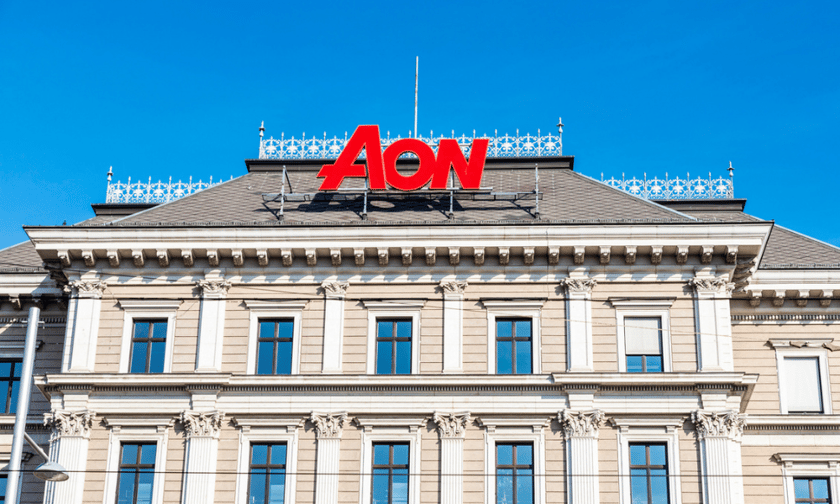

Aon’s president Eric Andersen expects the global insurance market to remain in a transitory phase for the remainder of 2024, citing the period as “a great opportunity” for clients to change policy structures and reevaluate their current programs.
During an earnings call discussing Aon’s Q2 2024 results, Andersen noted pricing is flat in the overall market, but that there are more distinct rate shifts within “mini-markets” including property, casualty, and specialty lines.
For sectors like cyber and D&O, “you’re seeing pricing very much in favour of a buyer, but that pricing is moderating,” said Andersen. “It’s not as steep as it was earlier.”
He said property pricing is heading towards flat on average, with potential decreases for better risks and slight increases for more challenging ones.
Casualty is the most scrutinized area, with ongoing pricing adjustments and questions around reserve needs. Andersen said he expects further price increases but said client behaviour will continue to drive change in the market.
“As [clients] potentially save in certain areas, they reinvest premiums elsewhere,” Andersen told analysts.
“During the last five years of a challenging market, they reduced insurance, took higher retentions, and narrowed coverage. Now, they can revisit those decisions in this kind of market.”
One highlight for the global brokerage in the past quarter was the integration of NFP, which Aon had purchased for USUS$13.4 billion in December. The deal was projected to increase Aon’s global market share for total broking activity from 7.6% to 8.8%, only behind Marsh McLennan.
CEO Greg Case said Aon would “double down” on building capability through talent acquisition and new tools and analytics as part of its three-year “3x3” strategy. He highlighted a US$1 billion investment in Aon business services to attract and develop high-caliber talent and enhance the client experience.
“We have to operate as a global firm. We’re going to serve in an integrated way on behalf of client needs,” said Case.
“We’re doubling down on capability, and, in doing so, it creates the opportunity. It’s also why NFP was so attractive for us. We can bring this capability now, not just in the large corporate arena but into the middle market.”
As for M&A, Aon plans to focus on mid-market acquisitions and expects to maintain elevated credit ratios for the next 12 to 18 months.
Aon reported a 6.4% net income drop at US$524 million in Q2 2024, compared to US$575 million during the same period last year.
For the first six months of the year, net income stood at US$1.63 billion, compared to US$1.65 billion in H1 2023. Adjusted net income per share rose 6% to US$2.93, accounting for an unfavourable foreign currency impact.
However, total revenue increased by 18% to USUS$3.8 billion during the three months ended June 30, 2024, driven largely by the NFP acquisition. Organic revenue growth of 6% stemmed from strong retention and new business generation.
The acquisition of NFP contributed to total operating expenses rising to US$3.1 billion in Q2 2024, a 33% rise year-on-year. Restructuring changes and long-term growth investments also factored into the increases, partially offset by savings from restructuring programs and favourable currency impacts.
Other Q2 highlights for Aon included the launch of its private-public initiative in Ukraine and the repurchase of 0.8 million shares for US$250 million.
Segment revenue growth was revealed as follows:
Do have something to say about Aon’s forecast and its post-NFP deal plans? Please share your comments below.
